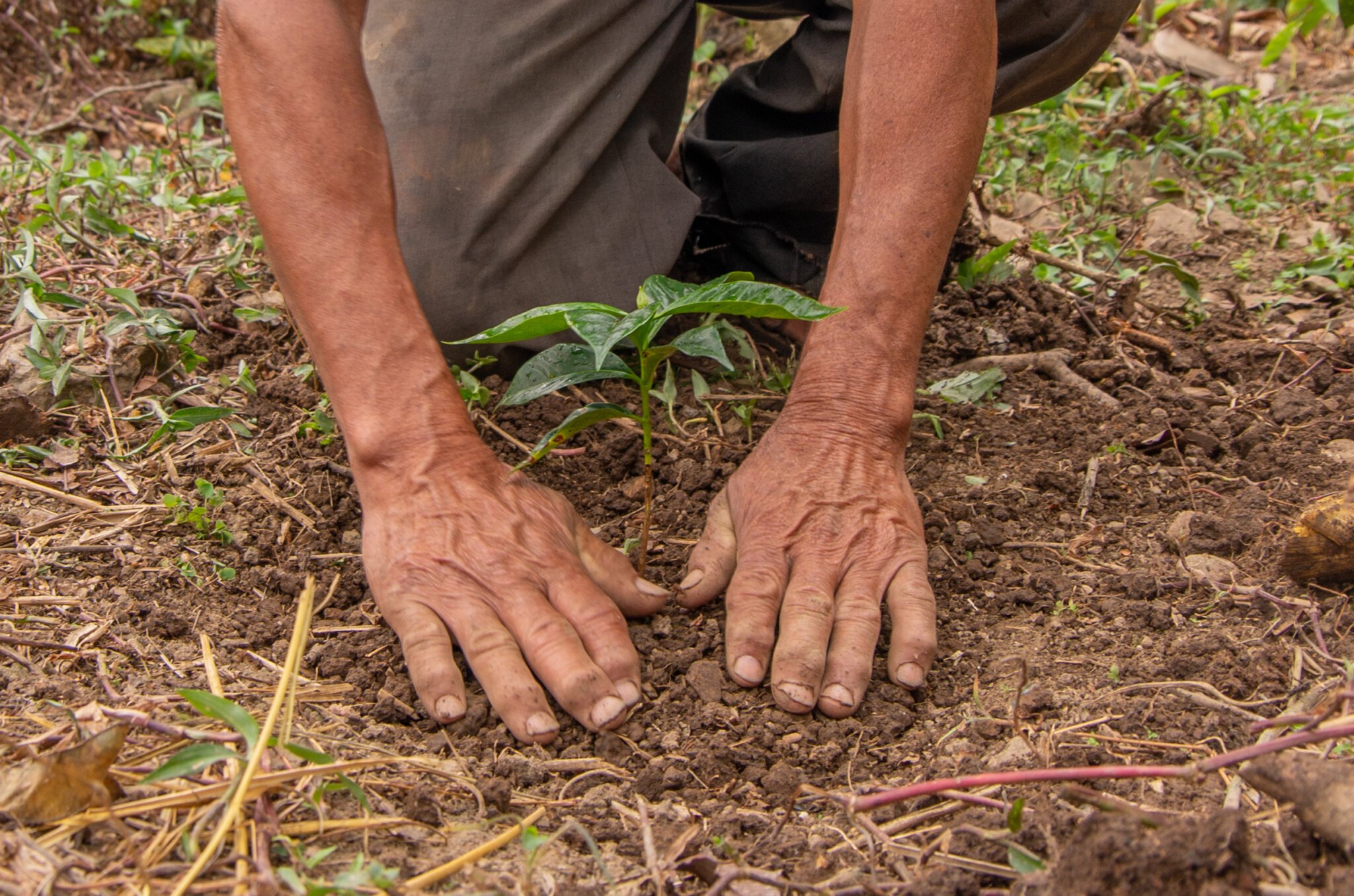Peru's Water Scarcity
Tapping into Ancient Wisdom to Combat Water Scarcity Amid Climate Change
Nestled within the Andes Mountains and adorned with the Amazon Rainforest, Peru is a country of breathtaking landscapes and unparalleled natural beauty. Yet, beneath this awe-inspiring terrain lies a hidden challenge: water scarcity. As climate change intensifies and threatens to deplete its water supply, Peru is turning to ancient indigenous techniques, including the 'Huari' system, and natural ecosystems to secure its most vital resource. In this article, we will explore Peru's innovative approach to water management, where ancient wisdom meets modern sustainability.
Peru's water resources have always been a delicate balancing act. The country relies heavily on the glacial meltwater from the Andes, which feeds its rivers and sustains its communities. However, climate change is causing these glaciers to retreat at an alarming rate. According to NASA, some Peruvian glaciers have lost more than 40% of their mass in just a few decades.
This retreat is a stark reminder of the urgent need for solutions to secure Peru's water supply for both urban and rural populations. As global temperatures rise and precipitation patterns become more erratic, the ancient wisdom of Peru's indigenous communities is taking on renewed importance.
Ancient Wisdom: Qanats, Pukios, and Amunas
In Peru's arid regions, the Qanat, Pukio, and Amunas, centuries-old indigenous water management techniques, are being revitalized to combat water scarcity.
Qanats: These subterranean aqueducts, originally developed in the Middle East but adapted by Peruvian indigenous people, tap into underground water sources and channel them for agricultural and domestic use. The Qanat system is incredibly efficient and minimizes water loss due to evaporation.
Pukios: Indigenous communities in the Andes have constructed Pukios, which are man-made ponds designed to capture and store rainwater. These ingenious systems help recharge aquifers and provide a sustainable source of water for agriculture and livestock.
Amunas: Amunas are ancient stone structures and canals that capture and redirect seasonal floodwaters from the Andean mountains to underground aquifers. This practice not only helps store water for times of scarcity but also prevents erosion and enhances soil fertility.
All three of these systems exemplify how indigenous knowledge and resourcefulness can be harnessed to address modern-day challenges. These traditional methods are not only environmentally friendly but also culturally significant, reflecting the deep connection between indigenous people and their land.
Building Resilience through Reforestation
In addition to drawing from ancient techniques, Peru is also focusing on reforestation efforts to bolster its water supply. Forests play a critical role in regulating water flow, preventing erosion, and maintaining water quality. As climate change exacerbates the risk of wildfires and deforestation, Peru's commitment to reforestation becomes paramount.
Efforts are underway to replant native tree species, particularly in the upper watersheds of key rivers. This strategy not only helps safeguard water sources but also contributes to biodiversity conservation and carbon sequestration.
The Manu Biosphere Reserve, a UNESCO World Heritage Site in southeastern Peru, is a prime example of the impact of reforestation. By replanting trees in this region, authorities have managed to restore water flow to crucial rivers, benefiting both the environment and the communities that rely on these water sources.
Modern Technologies Meet Indigenous Wisdom
While traditional techniques play a pivotal role in Peru's water management, modern technology is also part of the equation. Remote sensing, data analytics, and geographic information systems (GIS) are being used to monitor glacier melt, water quality, and water availability in real time.
Additionally, cloud seeding, a process that involves dispersing substances into clouds to encourage precipitation, is being employed to augment rainfall in water-stressed regions. This innovative approach helps ensure a more reliable water supply during dry periods.
Cloud Seeding
Community Engagement and Education
Peru's path to water resilience also emphasizes community engagement and education. Local communities are at the forefront of water conservation efforts. By involving them in decision-making processes and providing training on sustainable water management practices, Peru aims to create a sense of ownership and responsibility toward water resources.
One notable initiative is the Water School in the highlands of Peru, where young students are taught about the importance of water conservation, traditional water management techniques and modern approaches to sustainability. These educational efforts empower the next generation to be stewards of their environment.
Peru's journey to combat water scarcity in the face of climate change is a testament to the country's resilience and resourcefulness. By melding ancient indigenous wisdom, including the 'Huari' system, with modern technology and sustainability practices, Peru is pioneering a path that not only ensures water security but also strengthens the bond between its people and the environment.
As the world grapples with the far-reaching impacts of climate change, Peru's example serves as a source of inspiration and a reminder that solutions to complex challenges often lie in the wisdom of the past and the innovation of the present. In embracing its rich heritage and harnessing the power of nature, Peru stands as a beacon of hope and a model for sustainable water management in an uncertain future.



